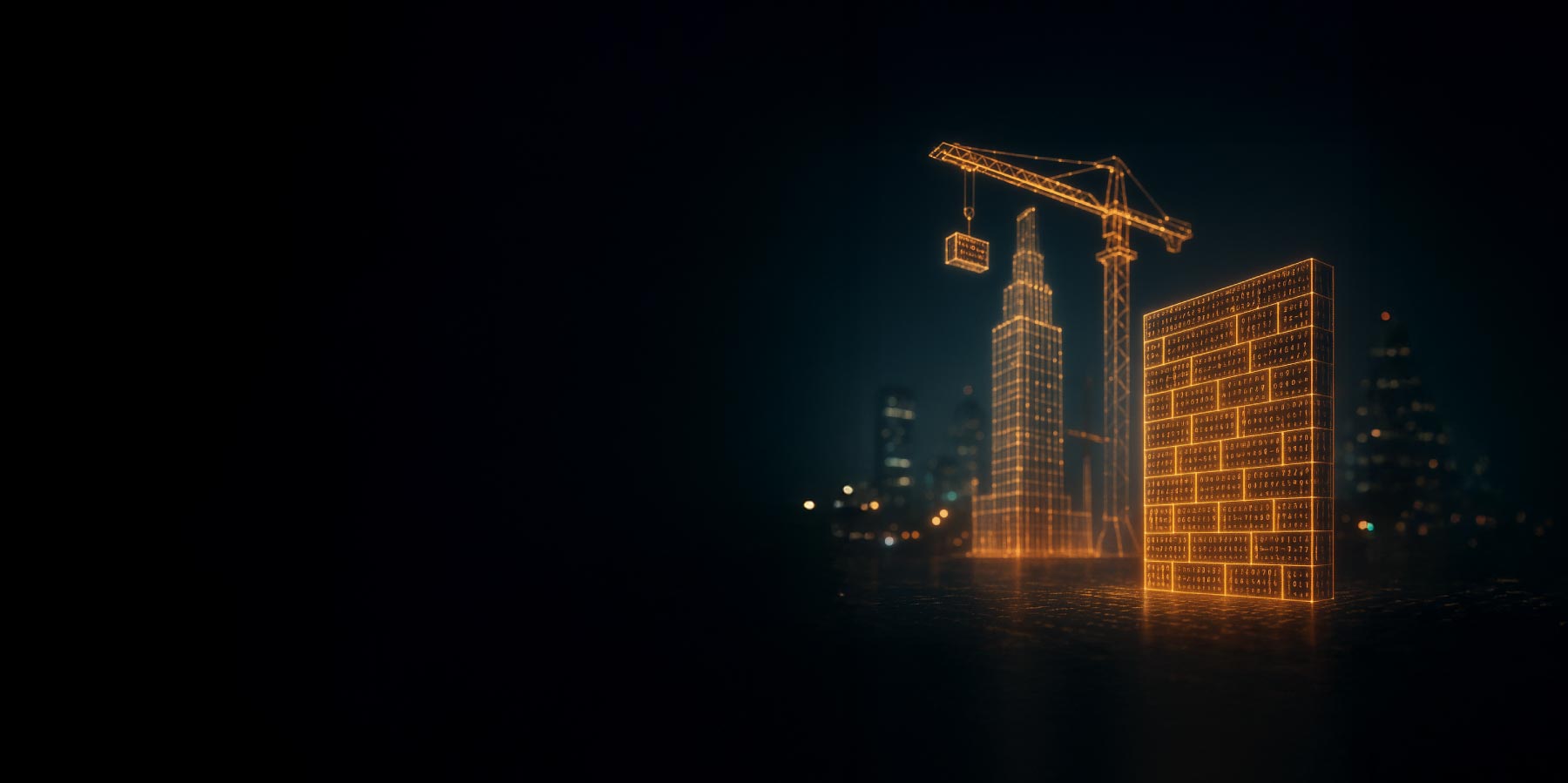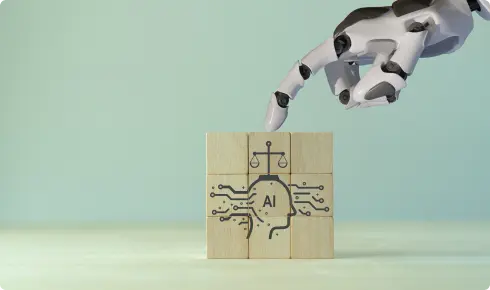We need intentional direction not constant change and disruption.
KEY POINTS
- Constant disruption drains meaning and fuels burnout.
- Innovation needs purpose, not just speed.
- Leaders must prioritize care and clarity over chaos.
For years, we’ve celebrated disruption as a virtue. We have applauded those who moved fast, broke things, and reinvented entire industries overnight. The pace set by this mindset was thrilling, and we began to value rapid change as a good in its own right. But in the rush to innovate, something vital got lost: our sense of balance, our ability to pause, and our capacity to care.
A different story is emerging, as I speak with leaders, innovators, and everyday workers worldwide. Not one of bold breakthroughs, but of fatigue, fragmentation, and quiet disillusionment.
We don’t need more chaos disguised as progress. What we need, urgently, is intentional direction.
When Disruption Becomes Dissonance
Our cognitive systems aren’t wired for endless volatility. And yet, today’s work culture rarely offers a moment of stillness. We’re expected to pivot constantly, stay online, and keep reinventing even when we haven’t recovered from the last wave of change.
The result: Recent studies make this clear:
- A 2025 Moodle study found that 66 percent of employees are experiencing burnout, the highest level ever recorded.
- NAMI’s 2024 Workplace Mental Health Poll reported that more than half of U.S. employees feel burned out.
- Eagle Hill Consulting found higher rates among women, senior professionals, and those in high-responsibility roles.
When people are in survival mode, it is nearly impossible to access the deeper capacities needed for innovation: curiosity, empathy, and creative flow.
Innovation Without Anchoring
We often mistake activity for progress. We equate faster with better. But the truth is this: People need grounding to grow.
Without a sense of why, constant change becomes disorienting. We feel like we’re moving, but not going anywhere that matters.
That’s the real danger of disruption without direction: it depletes the very human capacities it claims to empower.
The Need for Intentional Innovation
Intentional innovation isn’t about resisting change – it’s about pursuing the right change, for the right reasons, at a pace we can sustain.
It asks better questions:
- What kind of future are we building? Who is it for?
- Are our decisions aligned with our values, or just reactions to pressure?
- Can we honor both agility and well-being?
Intentional direction gives people psychological safety, not just productivity. It allows organizations to move forward without leaving their humanity behind.
How Leaders Can Shift the Culture
Whether you’re leading a team or leading yourself, these shifts can help realign your relationship with change:
1. Trade reactivity for reflection.
Slow down decision cycles. Build in space to think, not just to react.
2. Clarify meaning, not just goals.
People go further for a mission than for a metric. Make the work matter.
3. Recognize emotional bandwidth.
Exhaustion isn’t fixed with apps or perks. It takes real structural change.
4. Lead from presence, not panic.
Your groundedness sets the emotional tone. Calm isn’t passive, it’s powerful.
A Framework for Human-Centered Innovation
To anchor change in effectiveness and care, I outlined two simple frameworks—Open and Care—in my most recent book, TRANSCEND. These frameworks help organizations move forward without burning people out.
Open: Outline, Partner, Experiment, Navigate
- Outline: Clarify purpose before acting.
- Partner: Collaborate early; connection builds trust.
- Experiment: Create safe spaces to try and learn.
- Navigate: Adjust as needed, but stay aligned to your values.
Care: Catastrophize, Assess, Regulate, Exit
- Catastrophize: Anticipate what could go wrong.
- Assess: Consider who is affected, not just what’s efficient.
- Regulate: Pause when stress spikes.
- Exit: Be willing to walk away when needed.
These aren’t just leadership tools, they’re mental health tools for organizations.
They allow us to innovate without sacrificing empathy.
Leading With Wisdom, Not Whiplash
This moment in history doesn’t call for more speed. It calls for discernment.
We are entering an age in which emotional intelligence is just as vital as strategic insight, an age in which success will come not from how fast we move but from how well we align, adapt, and lead with care.
We don’t need to break more things. We need to ask what’s worth building, and why.
That’s how we move from disruption to direction. And that’s how we begin to heal, build, and transcend.
[Source Photo: PeopleImages, Yuri A / Shutterstock]
Original article @ Psychology Today.
















